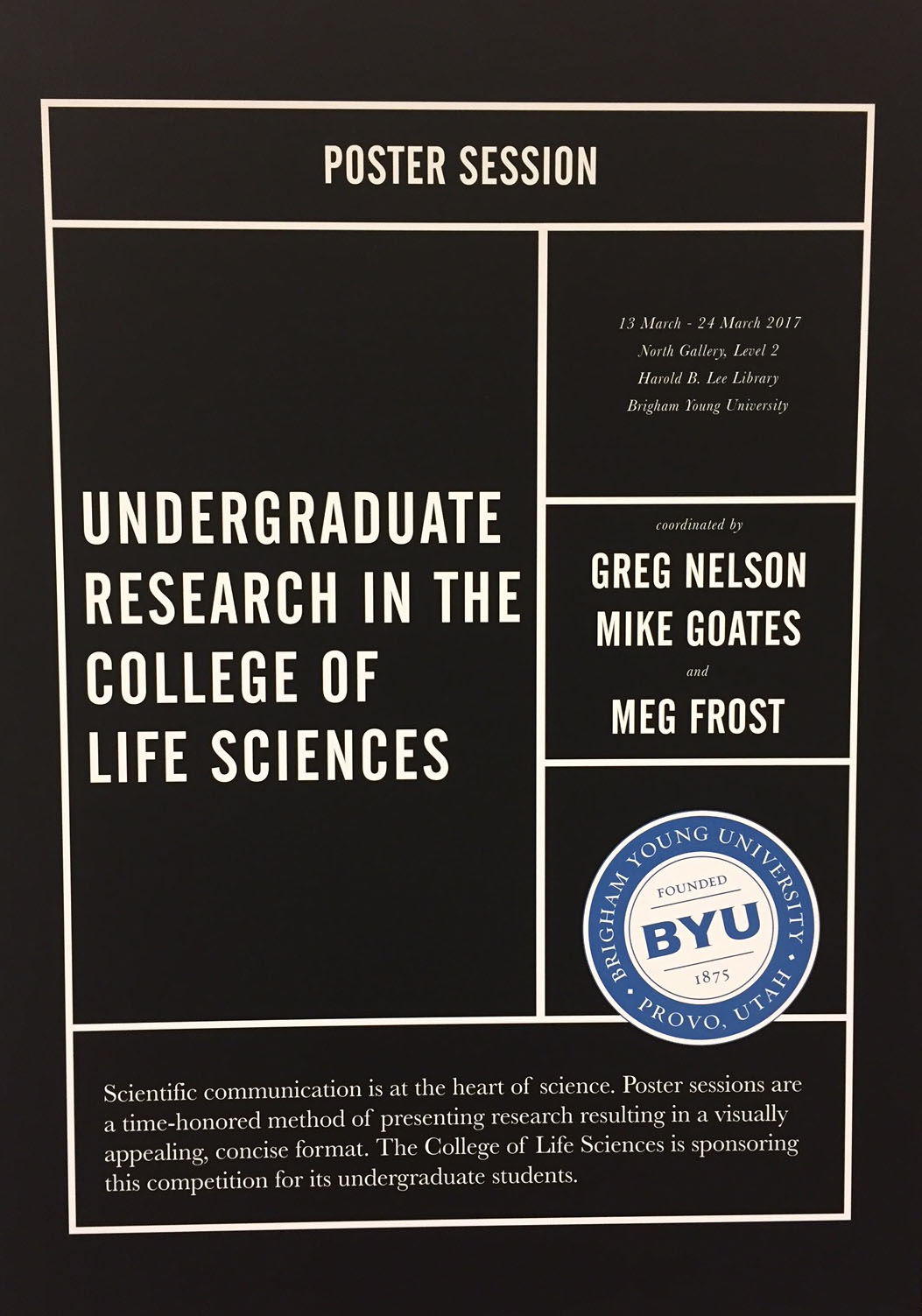Files
Download Full Text (3.6 MB)
Keywords
vaccine, lyophilization, dengue, zika, freeze-drying
Abstract
With the recent outbreak of Zika virus in Central and South America, there has been an increased demand for vaccines around the world for both zika and dengue virus. Due to a combination of high environmental temperatures and poor cold-storage capabilities in developing countries, it is often difficult for a live-attenuated vaccine to be shipped and maintained. In order to preserve and stabilize vaccines at refrigerated temperatures so that they can be easily shipped and stored, lyophilization (freeze-drying) can be explored as a possible solution. A successful lyophilization process will ensure an extended product shelf life, improve virus stability, and result in less expensive shipping. Furthermore, expensive storage freezers, which are not often found in underdeveloped areas of the world that are most in need of lifesaving vaccines, will not be required.
While working as a student intern at the National Institutes of Health (NIH) in Bethesda, Maryland within the National Institute of Allergy and Infectious Diseases (NIAID), experiments were conducted with a variety of lyophilization conditions. Scientific articles describing lyophilization techniques were studied in order to determine potential reagents and formulation conditions. A new VirTis® Lyophilizer (SP Scientific, Warminster, PA) was set-up and programmed. Successful lyophilization is dependent on several variables including temperature, pressure, and composition of the fluid excipient. Proper conditions and formulation of the excipient will result in a lyophilization "cake" that remains solid, yet fluffy, and is easily rehydrated. A variety of candidate excipients were formulated, lyophilized, and examined for suitability of the cake. Promising excipient mixtures were subsequently added to a live attenuated dengue virus vaccine candidate and lyophilized. Control studies were performed by comparing lyophilized samples to equivalent samples that were stored at -80°C. Following resuspension of the lyophilized material, both the frozen and previously dried samples were serially diluted and inoculated onto Vero [African green monkey kidney] cell monolayers in 24-well plates. After five days incubation, the cell monolayers were immunostained using antibodies and TrueBlue substrate. Virus-infected cells (plaques) appeared dark blue and were counted to determine the infectious tier of the virus. The tiers of some lyophilized virus formulations equaled or exceeded tier levels in samples that were frozen at -80°C, indicating that a desirable level of thermostability was achieved. A user manual was also created to teach NIAID scientists how to use the lyophilizer instrument and create their own samples for ongoing research. While results obtained in this pilot study appear promising in a laboratory setting, future studies are needed to demonstrate successful thermo-stability in the field especially under challenging shipping conditions. It is expected that important Zika and dengue vaccines under development for future use can benefit from the work performed here.
BYU ScholarsArchive Citation
Butler, Marshall S., "Zika and Dengue Virus Live Vaccines: Experiments to Improve the Thermostability of a Vaccine Candidate Through Lyophilization" (2020). Library/Life Sciences Undergraduate Poster Competition 2020. 7.
https://scholarsarchive.byu.edu/library_studentposters_2020/7
Document Type
Poster
Publication Date
2020-04-02
Language
English
College
Ira A. Fulton College of Engineering and Technology
Department
Technology
Copyright Use Information
http://lib.byu.edu/about/copyright/


